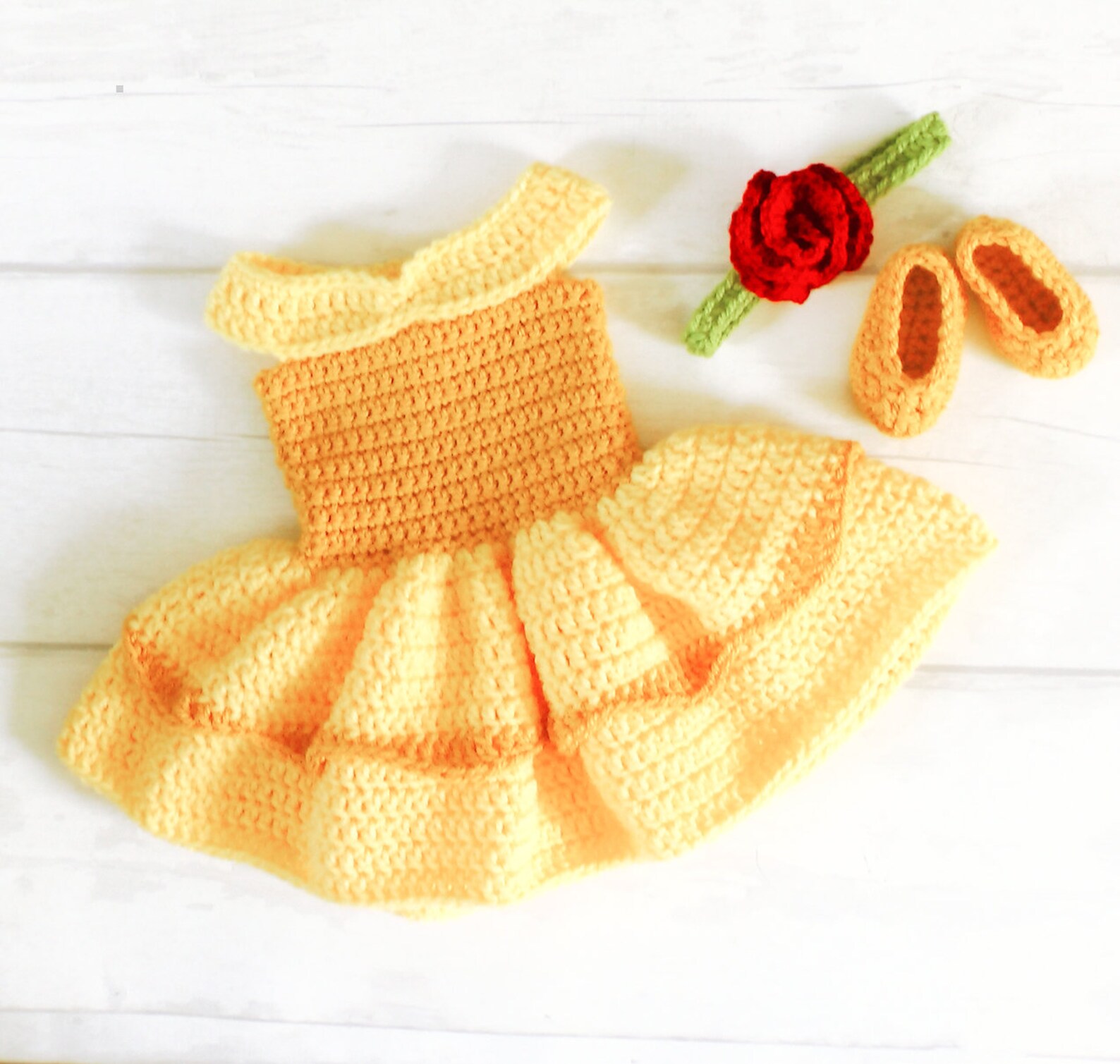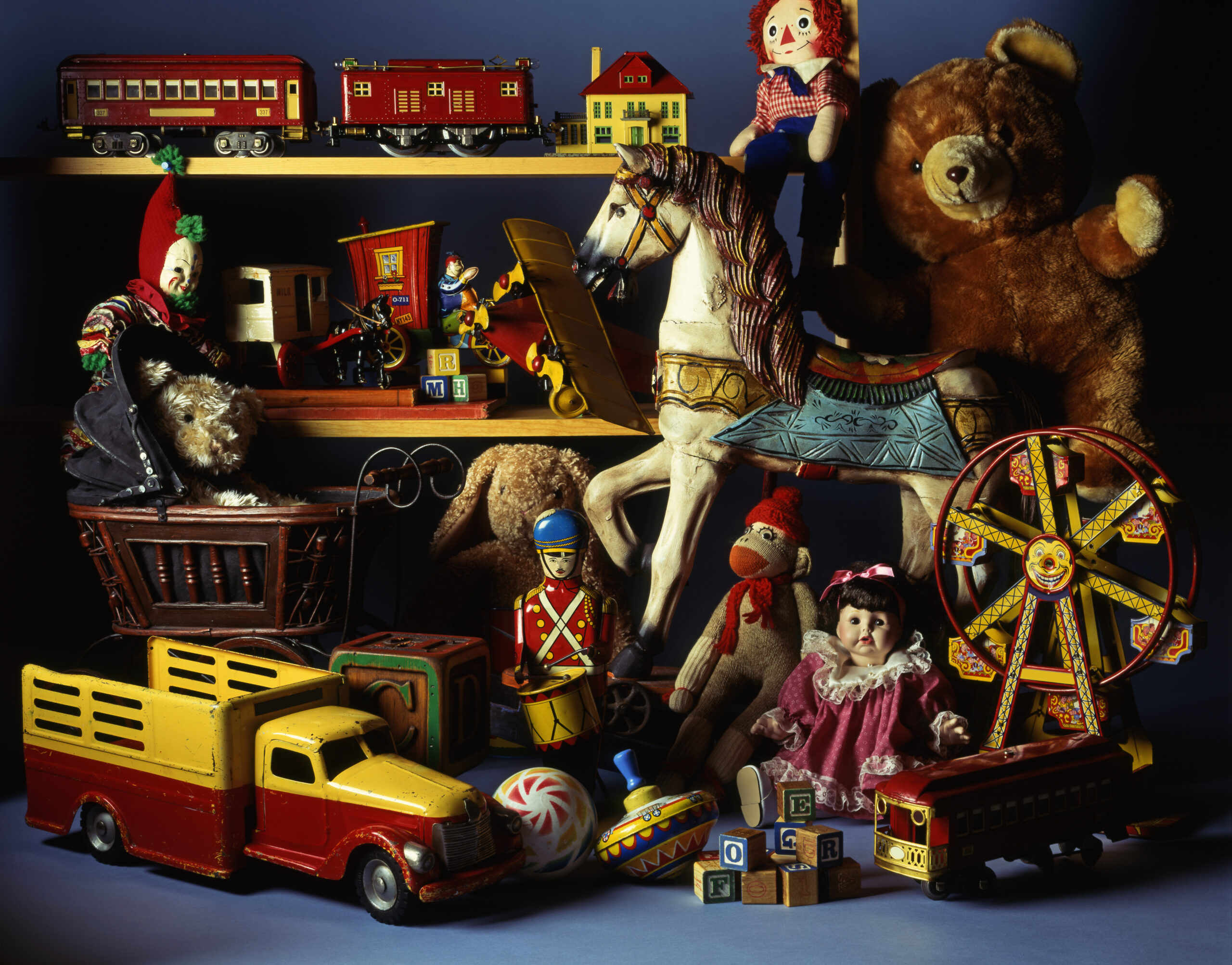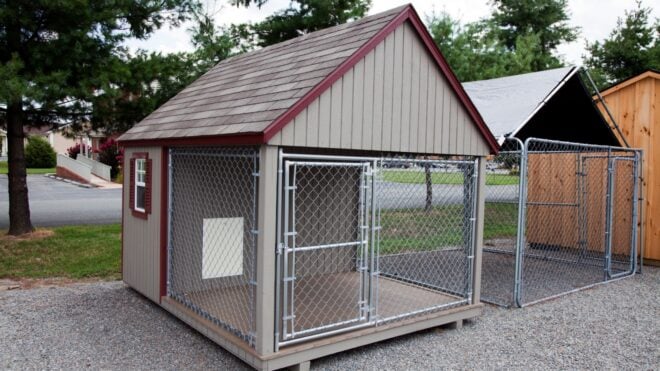
It can often feel like divine intervention when you suddenly realize that you can turn something you really enjoy doing in your spare time into a nice little second income.
Thrifting and secondhand shopping in general have become more popular over the years as some people have finally noticed how it can be a more sustainable option to shop someone’s previously loved items that would have likely ended up in a landfill rather than purchase brand-new goods.
If you’re someone who loves to hit up thrift stores on the weekends to see if they have any truly unique pieces, there’s really no reason that you can’t start doing that from an entrepreneurial mindset that will allow you to build up some bank.
Here are a few steps you can take in order to turn thrift shopping into a successful side business.
1. Find some decent secondhand stores in your area and get to know when they put out new stock.
If you’re a serious secondhand shopper, you may be pretty well aware of some of the thrift stores in your area, but have you really stepped foot into all of them? Sometimes there are hidden gems right under our noses that we pass by on our daily commutes but maybe haven’t gone in because the storefront is a little hard to decipher.
It’s also helpful to get to know some of the secondhand stores in the cities or towns nearby that are just a short 30-minute drive away, because they may have a bit of a different vibe or goods for sale that you may not have found otherwise.

If you have a schedule that permits it, it can often work out that you get to see the most stock and find the most distinct secondhand items in the best shape if you make a plan to get inside the store when it first opens. This can usually mean that you’re seeing what the staff has most recently put out and you’re not left with just the picked-over items.
And since any successful business venture is about being open and friendly, it never hurts to chat with the staff at the secondhand shops that you regularly venture into. You never know if they might have some information about what day of the week they put out a large selection of their newest items or even some insight into some other good shops or upcoming fairs in your area.
2. Decide on a theme or specialty for your secondhand side hustle.

When you’re embarking on this journey, it can be really helpful to decide early on what your overall focus is going to be in terms of selling secondhand items that will make you money. There is a vast marketplace for thrifted items nowadays, so it can really help you to gain followers and loyal shoppers by picking a special arena that your page can be dedicated to in order to keep things as seamless as possible.

For instance, maybe small furniture items such as side tables or antique mirrors might be the thing that you enjoy shopping for the most. Or maybe you’re always on the hunt for vintage glassware and trays and you want to sell items that both excite you and you find really beautiful.
Whether you decide you want your online secondhand shop’s scale to be small or large, it can really help garner some attention and keep customers coming back who are looking for specific items, because they know what kinds of items you offer on a routine basis, and a loyal customer appreciates consistency.
3. Set up your social media and website.

What does every decent online store have nowadays in order to succeed? Well, that’s a social media presence, of course.
Nowadays, a lot of people simply use various social media apps to sell whatever it is they’re selling, but it can also be helpful to have a domain and online store for people to go to for their browsing and hopefully lots of secondhand shopping needs.
Websites like Shopify and Wix are fairly easy to set up and often do most of the work for you. All you really have to think about is uploading photos of your thrifted items for sale, adding the descriptions, and setting price points.
It’s a good idea to match up your social media pages with the overall look and feel of your website, because you always want to create a cohesive aesthetic that makes sense for your brand and that people will remember.
4. Update regularly and share new and exciting items with your followers.
One thing that most algorithms love — and the same thing goes for shoppers with money to spend — is online marketplaces and social media pages that update frequently with items that they’re interested in.
Don’t be afraid to have some fun on your social media and show your followers who you are and that you love to secondhand shop and why — if you’re comfortable putting yourself out there in that way. One thing that always stands out online is authenticity, and it can go a long way in gaining some traction.

It’s good to set up a social media calendar and post frequent updates about when you’re going to be having a new “drop” of thrifted goods for sale, because it can help to build up anticipation.
Plus, if you give people a specific time to come back and check out your page and even post a few previews in the days or hours prior, it really helps to get people excited, and they’re more likely to have those credit card numbers ready to shop!







